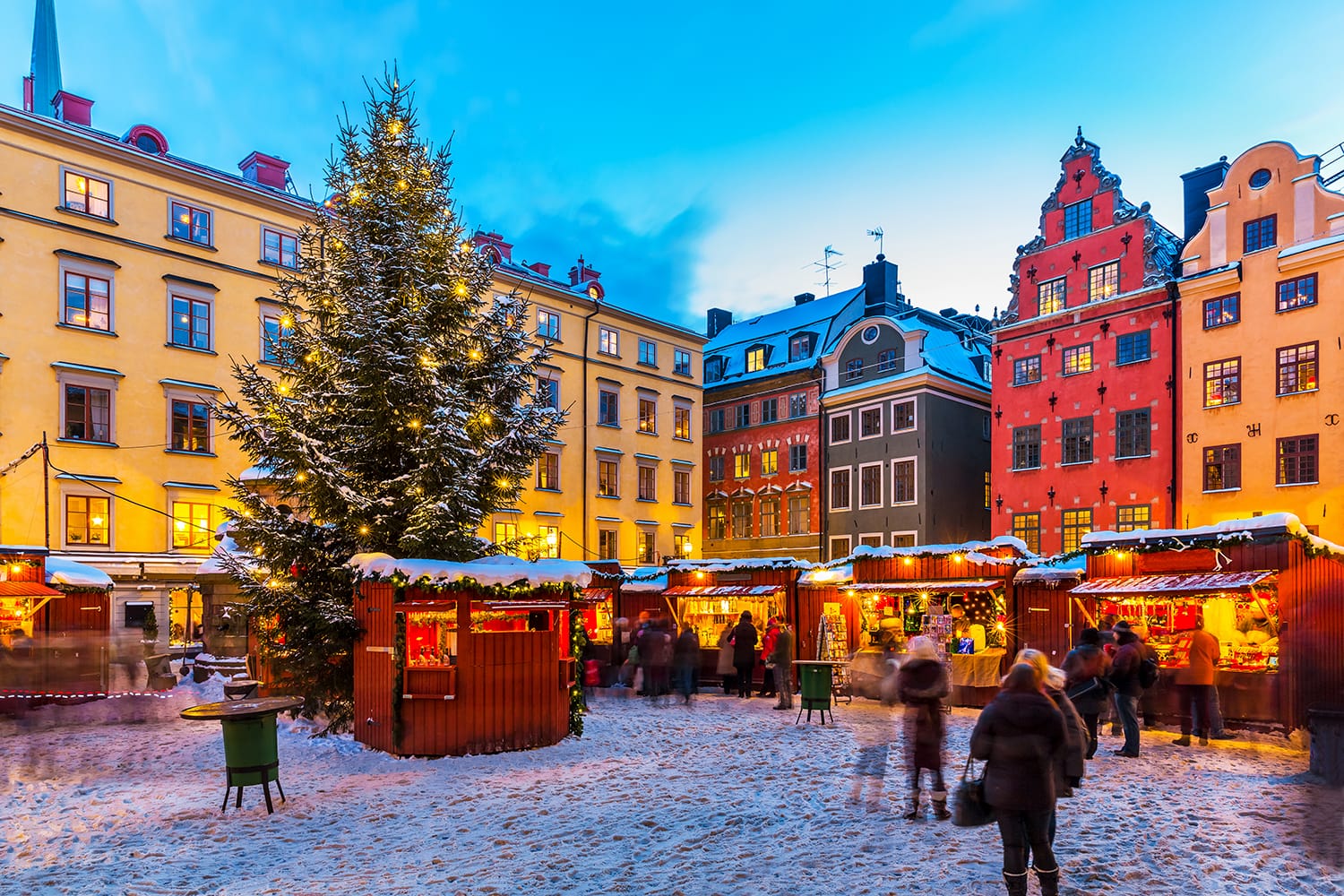
Stockholm encapsulates everything travelers love about Scandinavia. A city of immense culture and grandeur, it is equal parts historic and modern, and even though it’s a prominent international city, it’s quite an easy place to take in on a first visit.
Allowing three days in Stockholm provides you with enough time to experience the best places to visit in Stockholm and even fit in a day trip to another spot in Sweden. To really make the most of your time, it’s best to let a Stockholm itinerary like this one guide you. That way, you’ll know exactly what to do in Stockholm in 3 days.
As with anywhere in Scandinavia, you’ll need to think carefully about the time of year you plan to visit Stockholm. Weather in the city can change drastically depending on when you go, but crowds of tourists in high season is another factor worth keeping in mind.
Unsurprisingly, the best weather in Stockholm comes in summer, from June to August. However, this time of year is also when crowds and rates will be at their highest. As such, the best time to visit Stockholm if you’re looking to avoid high season is in the months of May and September. During these months, it won’t be quite as warm, but you’ll still be comfortable sightseeing and the weather may even be a bit drier.
Winters in Stockholm are very cold and very snowy. You’ll also have a lot less daylight to see the city, but if you enjoy Christmas markets the holidays can be a good time to visit.

With an itinerary that takes you to many parts of the city, you need to know how to get around when visiting Stockholm. The city isn’t as huge as other European capitals, but the way it’s spread out across various islands does mean that walking isn’t really an option. Ultimately, the best way to make the most of your time in Stockholm is to use the city’s excellent public transport network that includes metros, buses, trams, trains, and ferries.
With so many options, you may find that there are multiple different ways of getting where you want to go. Tickets are shared across the network and come in the form of single-use travelcards or the SL Access electronic smart card. The cheapest fare is a 75-minute ticket, which as a single-use travelcard costs 44 SEK or just 31 SEK on a preloaded SL Access card. Both ticket types can be purchased at SL Centers, underground ticket booths, and newsagent kiosks. Single-use tickets can also be bought via SMS or via the SL app. For more information on Stockholm’s public transportation, click here.
Stockholm is serviced by four airports, but the main one you need to know about is Stockholm Arlanda Airport. To get to the city center from Arlanda Airport, you can take either the train or the bus. Express trains leave frequently, take 20 minutes to the center, and cost 299 SEK. Commuter trains leave less frequently, take twice as long, and cost 157 SEK. Flygbussarna Airport Coaches offer frequent bus services that only cost 99 SEK and take around 45 minutes.
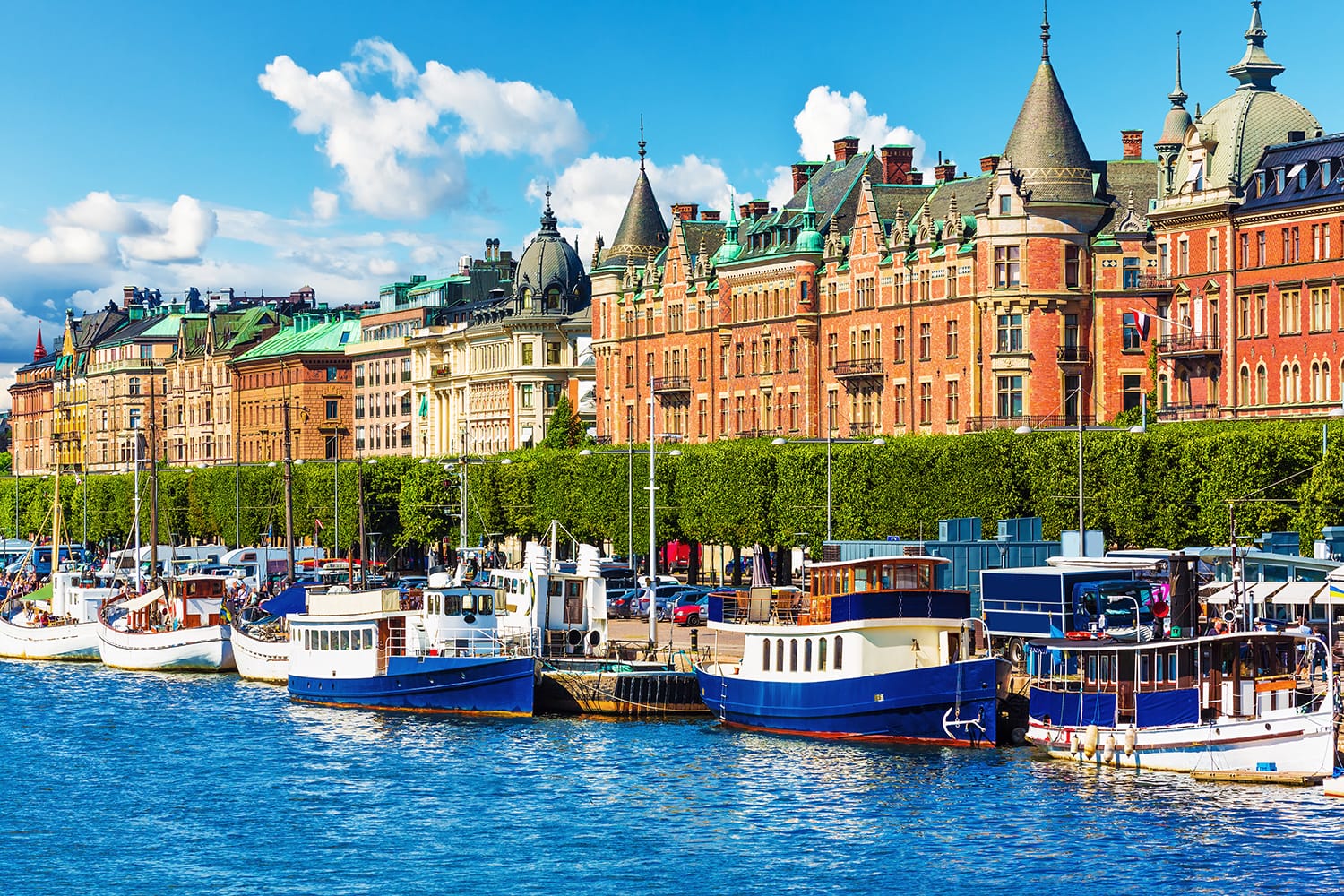
Working out where to stay in Stockholm is usually the number one thing on people’s minds when they decide to visit. Stockholm isn’t a cheap place to stay, so you want to make sure you are getting the best value possible from your accommodation. The only way to ensure you have that choice and don’t spend more than you need to is to book well in advance.
As for the best places to stay in Stockholm, each of the main central districts have their benefits. For convenience, look at Norrmalm, the modern city center, for atmosphere; consider Gamla Stan; or check out Djurgårde, which puts many of the city’s best attractions right on your doorstep. Södermalm and Östermalm are also good choices, with Södermalm specifically catering to visitors of all budgets.
For a seriously luxurious stay in Stockholm, look no further than the Grand Hôtel Stockholm. This five-star hotel right in the city center features rooms with a stylish décor, a Michelin star restaurant, and a luxury spa.
If you’re after both comfort and affordability, Hotell Skeppsbron is an ideal choice for your visit. Situated in historic Gamla Stan, this small hotel boasts welcoming staff and cozy, modern rooms.
You can also find places to stay on Airbnb. For recommendations, take a look at our list of the best Airbnbs in Stockholm.
Like most of Scandinavia, Stockholm isn’t cheap, but City Backpackers Hostel is one of the best budget hostels in Stockholm and offers dorms and private rooms. Guests can enjoy its friendly staff and access to a library, outdoor courtyard, and free sauna.
For more accommodation options in Stockholm, check out Booking.com. The company continuously offers the best rates, and its custom service is on point.
By giving yourself a few days in the Swedish capital, you’ll have plenty of time to experience the best of Stockholm. To really optimize your time, it helps to have a Stockholm itinerary, which is where this guide comes in handy. With it in hand, you’ll have no problem finding the best things to do in Stockholm, from historic Gamla Stan to the museum island of Djurgården and the cool and edgy district of Södermalm.
However, before we get to our Stockholm itinerary, we just wanted to remind you to purchase travel insurance. You never know what will happen and, trust us, you do not want to get stuck with thousands of dollars in medical bills. As a wise man once said, “If you can’t afford travel insurance, you can’t afford to travel.” So don’t leave home without it.
SafetyWing offers travel insurance for only about $10 a week, making it a no-brainer to get. You can get a quick, non-binding quote below:

SafetyWing is, of course, not the only option available. Two other popular alternatives are World Nomads and Heymondo.
Now let’s get into all the interesting things to see and do in this Stockholm travel itinerary. Using it as your guide, you won’t have any problem keeping yourself busy during your 3 days in Stockholm.
Your first day in Stockholm will be mostly focused on the city’s beautiful Old Town, Gamla Stan, and the many great attractions there.
Recommendation: If you want to learn more about Stockholm’s history, consider booking a walking tour of the historic Old Town. You’ll get to listen to colorful stories and legends as you pass historic landmarks and regal palaces. You can book a guided walking tour here.
Covering the island of Stadsholmen Gamla Stan is the historic heart of the city, and it certainly looks the part. Wandering the cobblestone streets, you’ll be treated to no end of classic, colorful scenery. Best to enjoy some aimless exploring here before you start homing in on the landmark attractions. While you’re at it, try and find the Mårten Trotzigs gränd, a super narrow alley with a staircase less than a meter wide.
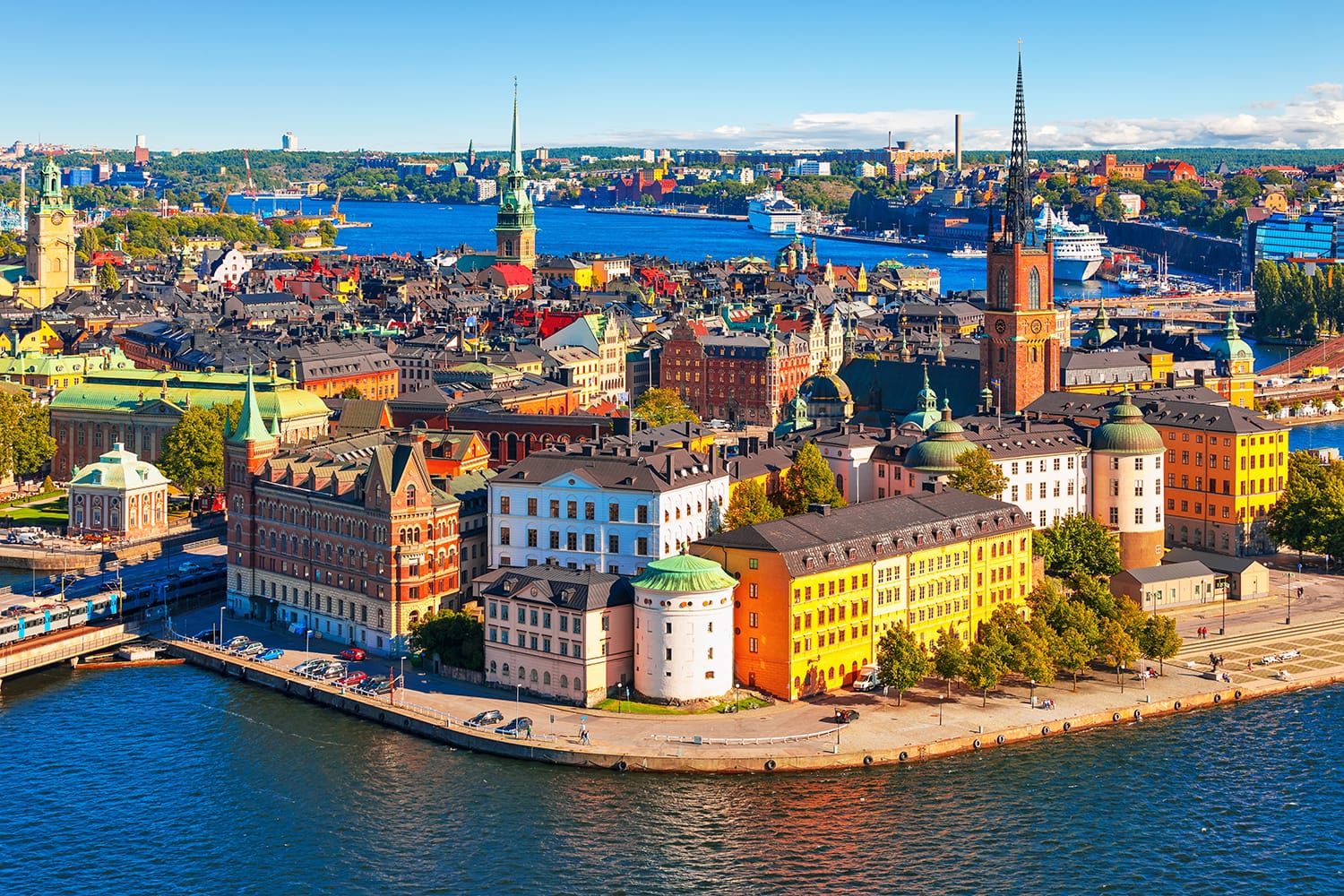
At the heart of Gamla Stan lies the city’s oldest square, Stortorget. It’s here that you can see the boldly colored buildings that are always doing the rounds on Instagram. Even though it really is as pretty in real life, this medieval square may be smaller than you expect. The square is empty except for its dark stone well, which has long since dried up. Come Christmas time, Stortorget is also where you’ll find the city’s most celebrated Christmas market.
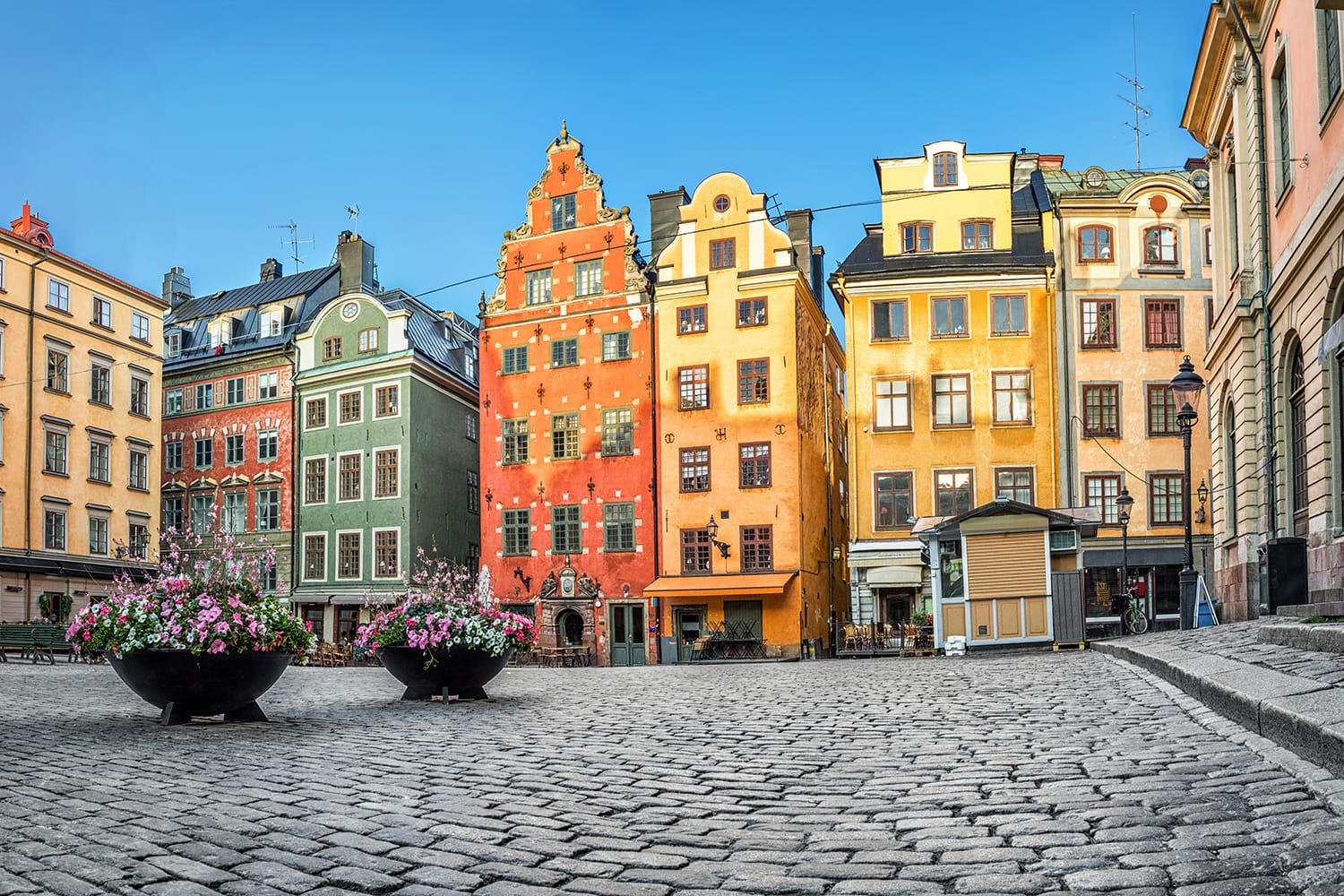
Dominating one side of Stortorget is the grand Stockholm Stock Exchange, which today hosts the city’s Nobel Prize Museum. Inside the museum, you’ll learn all about the Nobel Prize and the incredible people who have been awarded it throughout history. Exhibits here feature a range of artifacts and photographs, including items donated by Nobel Laureates themselves. The museum also makes a great effort to highlight the founder of the award, Alfred Nobel.
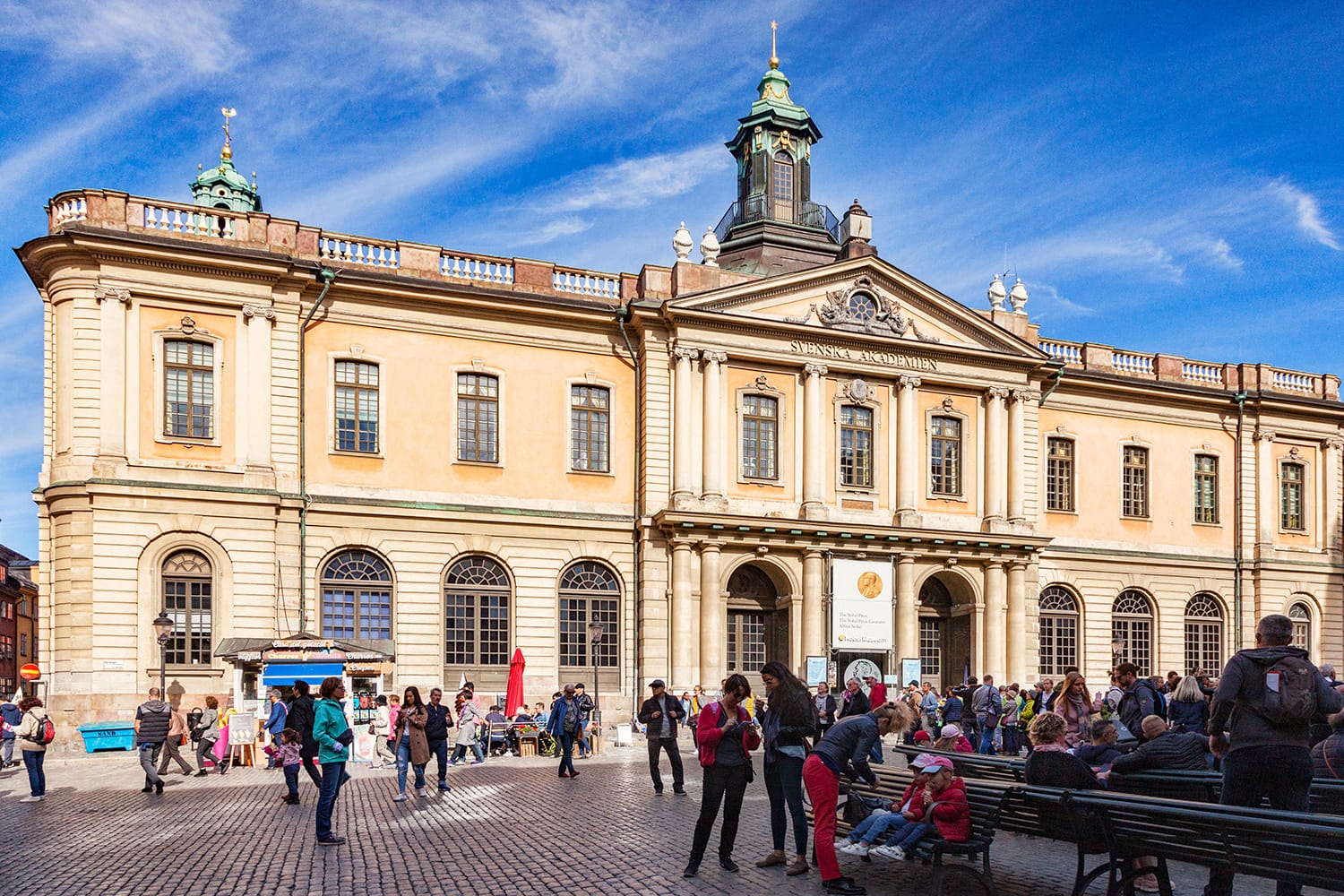
Right next door to the Nobel Prize Museum is your next stop, the Stockholm Cathedral. Known as Storkyrkan, the church was built in the 13th century and is the oldest in the city. Originally a Catholic church, it is now a place of worship for the Church of Sweden. At first sight, the exterior may look quite plain, but don’t let that fool you; step inside and you’ll be met with a wonderful Brick Gothic interior. The Cathedral’s most prized feature is its evocative wooden statue of Saint George and the Dragon, which also houses several saintly relics, including one said to be from Saint George himself.
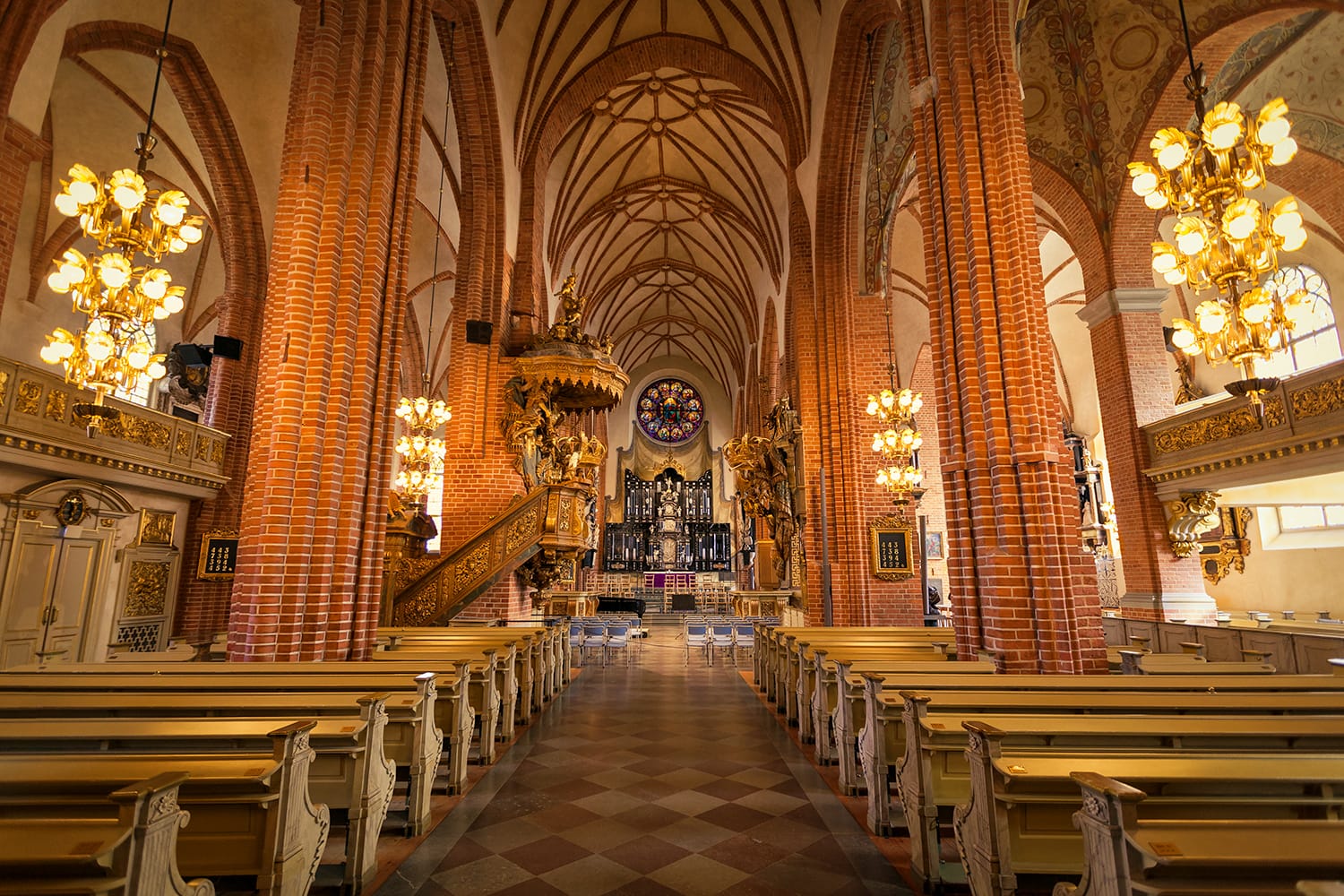
The island of Gamla Stan is also home to the Royal Palace, the official residence of the Swedish Royal Family. One of Europe’s largest palaces, the building serves not only as the royal residence but also hosts the offices of the King and Royal Court of Sweden. Tourists are allowed to visit this colossal building to take a tour or to visit one of its five museums.
While you could easily spend half a day inside, it’s best to prioritize a tour so you can see the elegant reception rooms and Queen Kristina’s throne in the Hall of State. There’s also the Armory, the Treasury, and the Royal Stables, each of which displays items worth seeing. Outside, don’t miss the changing of the guard, which takes place every day from the end of April until the end of August at 12:15 p.m., except on Sundays, when it starts at 1:15 p.m. For the fall and winter schedule, click here.
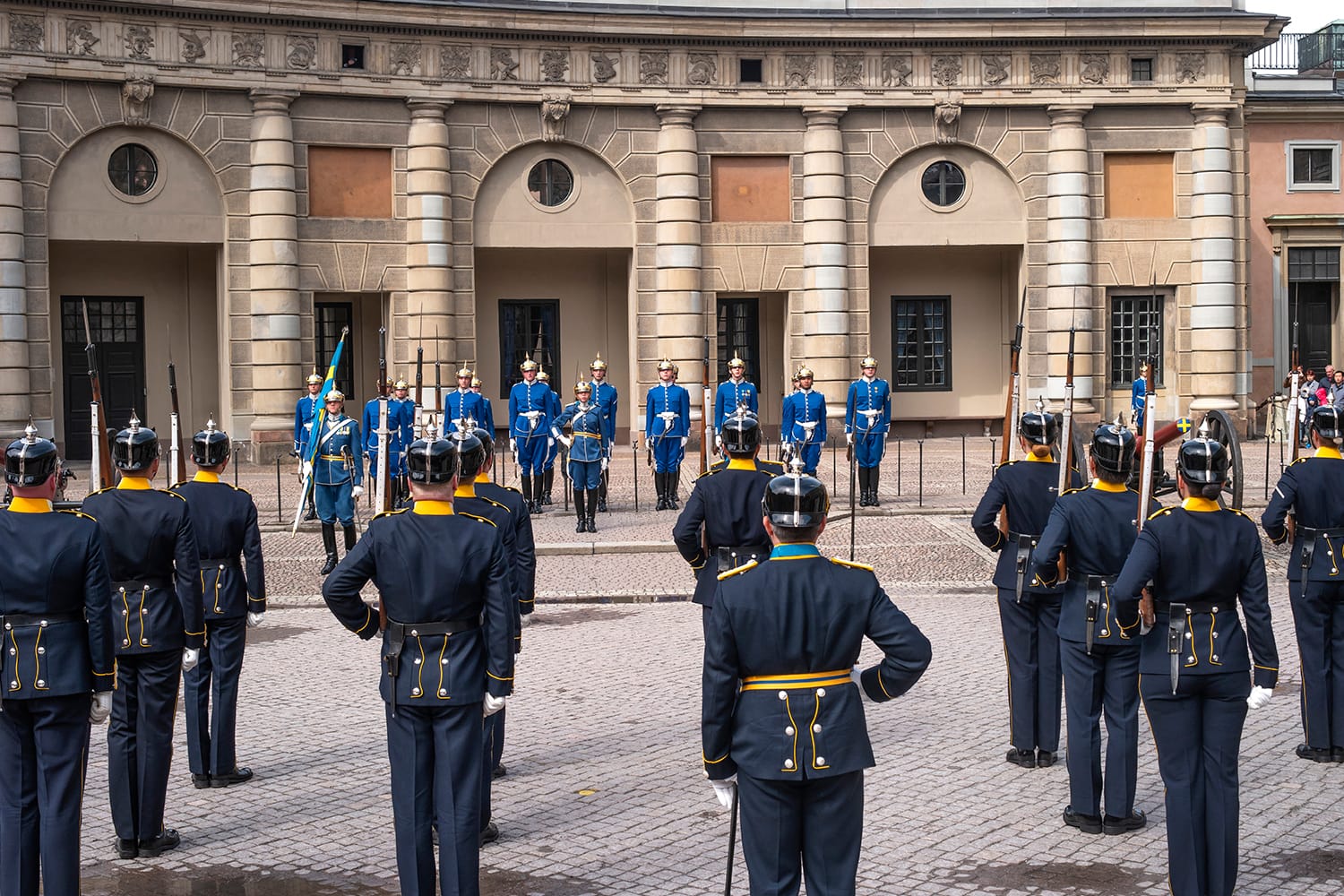
Having seen the city’s historical center, you can now learn about Stockholm’s history at the Museum of Medieval Stockholm. Located on the small island of Helgeandsholmen north of Gamla Stan, this museum recounts life in Stockholm during the Middle Ages. Exhibits detail the city’s history from around 1250 to 1520, highlighting people who lived during that time and featuring a section of the old city walls.
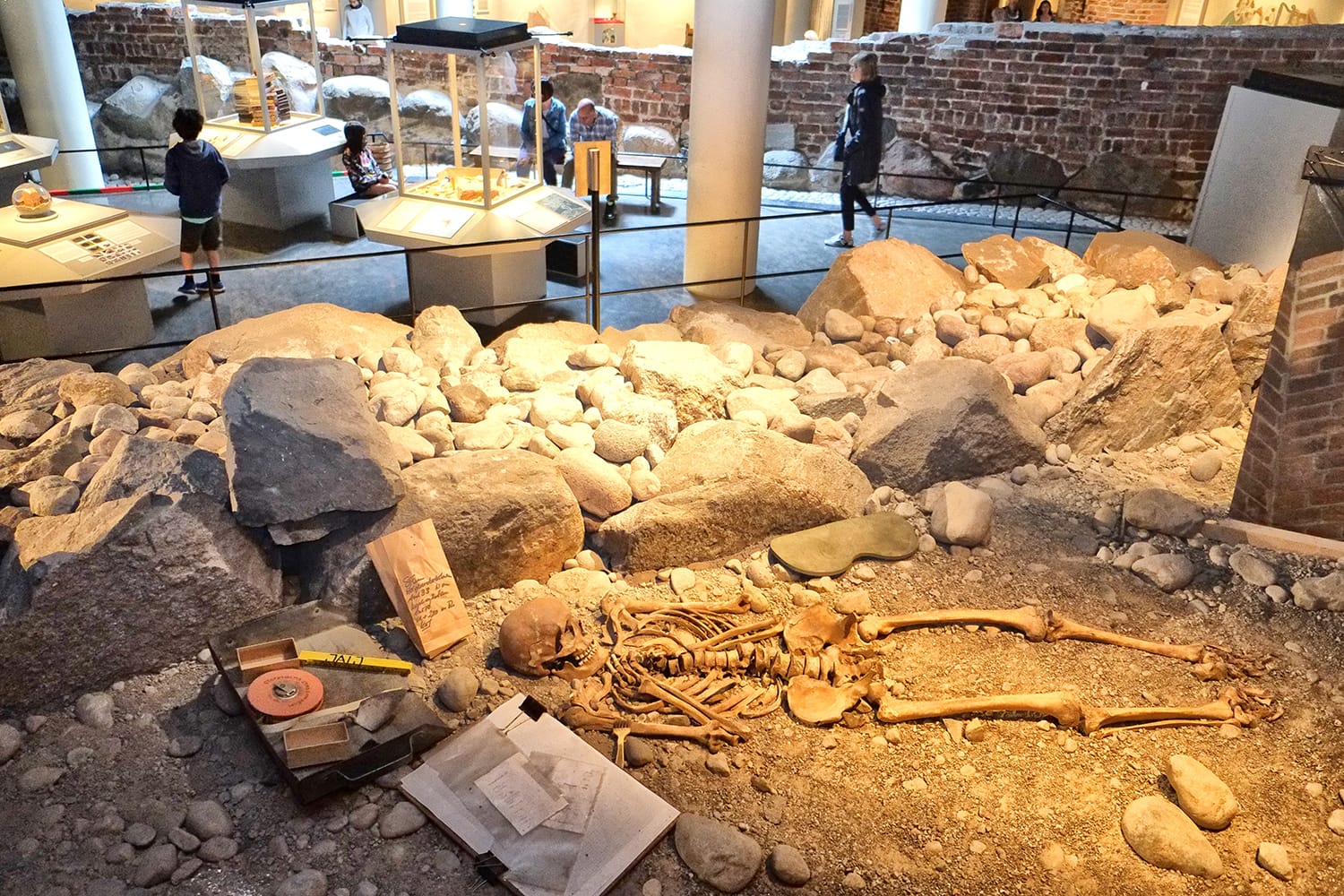
Heading over into Stockholm’s modern city center, find your way to the Östermalm Market Hall. Set inside an old-fashioned brick building, this old market is a Stockholm institution. While you can walk through and admire the antique stalls selling fresh goods like fish, meat, and local delicacies, the hall also houses several restaurants and wine bars. This means it can be a place to get a snack, relax with a drink, or get dinner.
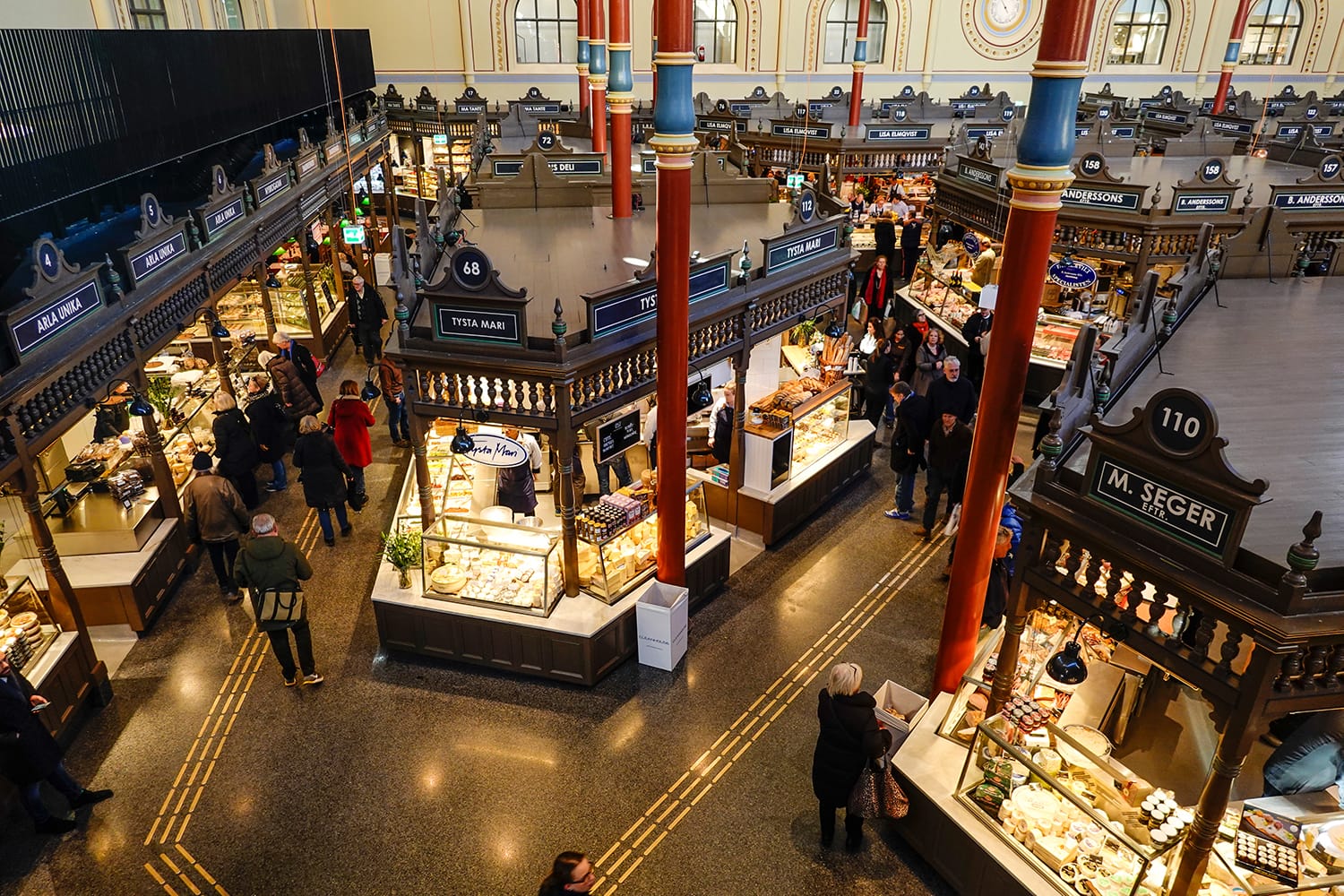
There’s so much more to Stockholm than just Gamla Stan, so the second day is all about exploring other parts of the city, including the museum island of Djurgården and the trendy neighborhood of Södermalm.
Begin your day on the eastern island of Kungsholmen to visit the Stockholm City Hall. Not only is it where you’ll find various city offices and council chambers but it’s also where the Nobel Prize banquet is held. With its waterfront spot and tower, it’s quite an elegant sight, but it’s even more impressive when you visit inside. By taking a tour, you’ll get to see some beautiful rooms and chambers, including the exquisite Golden Hall. It’s also possible to climb up the building’s tower and its many steps to enjoy Stockholm’s beautiful skyline.
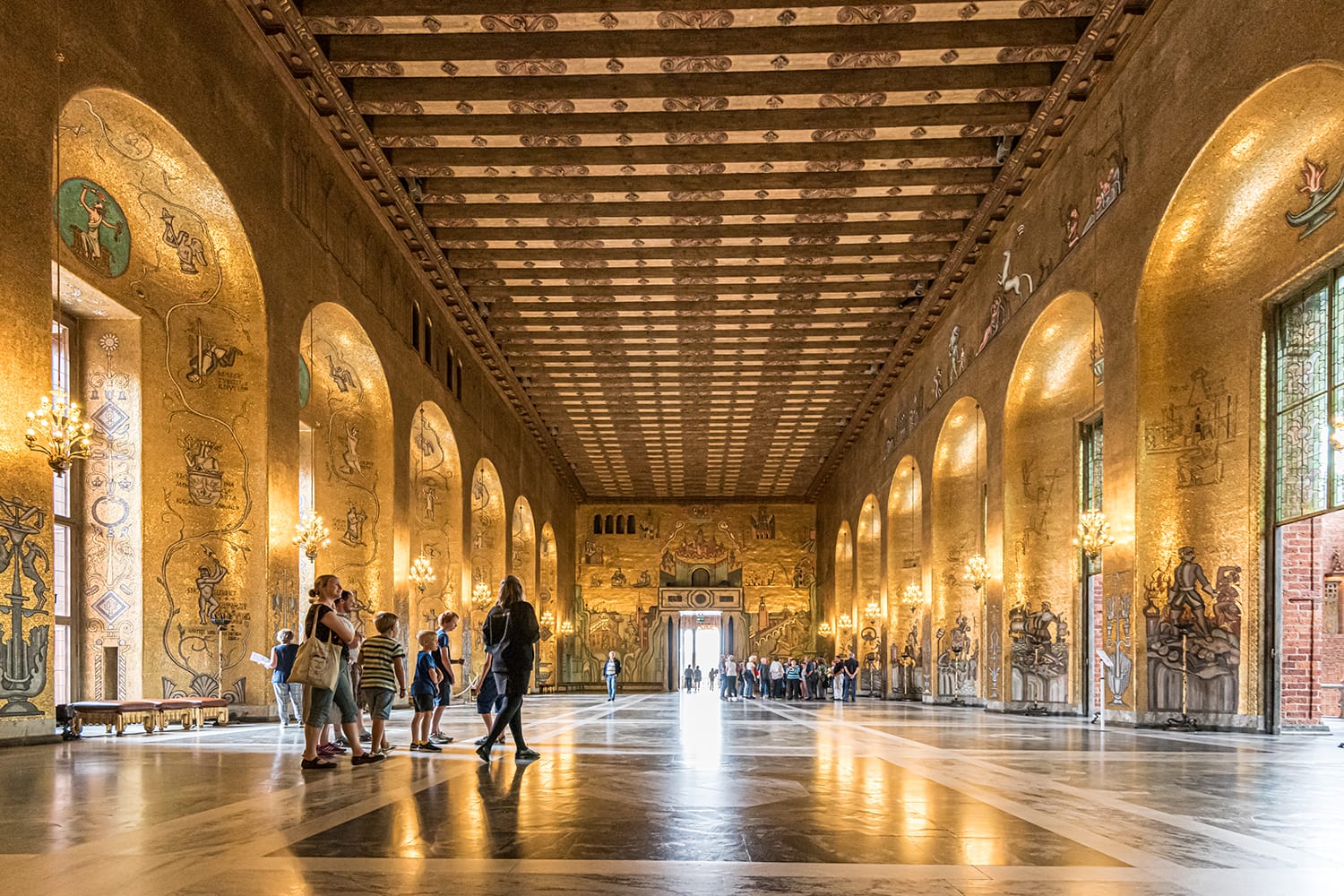
Next, head across the city to visit the most famous museum in Stockholm, the Vasa Museum. Found on the island of Djurgården, this museum is dedicated to the immense 17th-century Vasa warship, which was found mostly intact in 1961. Inside, you can actually see this enormous ship that sank during its maiden voyage in 1628 and admire how well preserved it is, not to mention all the treasure found onboard. It really is a one-of-a-kind attraction that you won’t want to miss.

The next museum on our tour of Djurgården is the ABBA Museum, dedicated to the superstar pop band. There’s little doubt about the focus of the exhibits, but you’ll be surprised just how much there is to see and do. Not only can you learn the history of the band and see their iconic costumes but you can even perform on an interactive stage with the holographic band.
Ticket lines can quite long, especially during high season, so we highly recommend booking your skip-the-line entrance ticket in advance here.
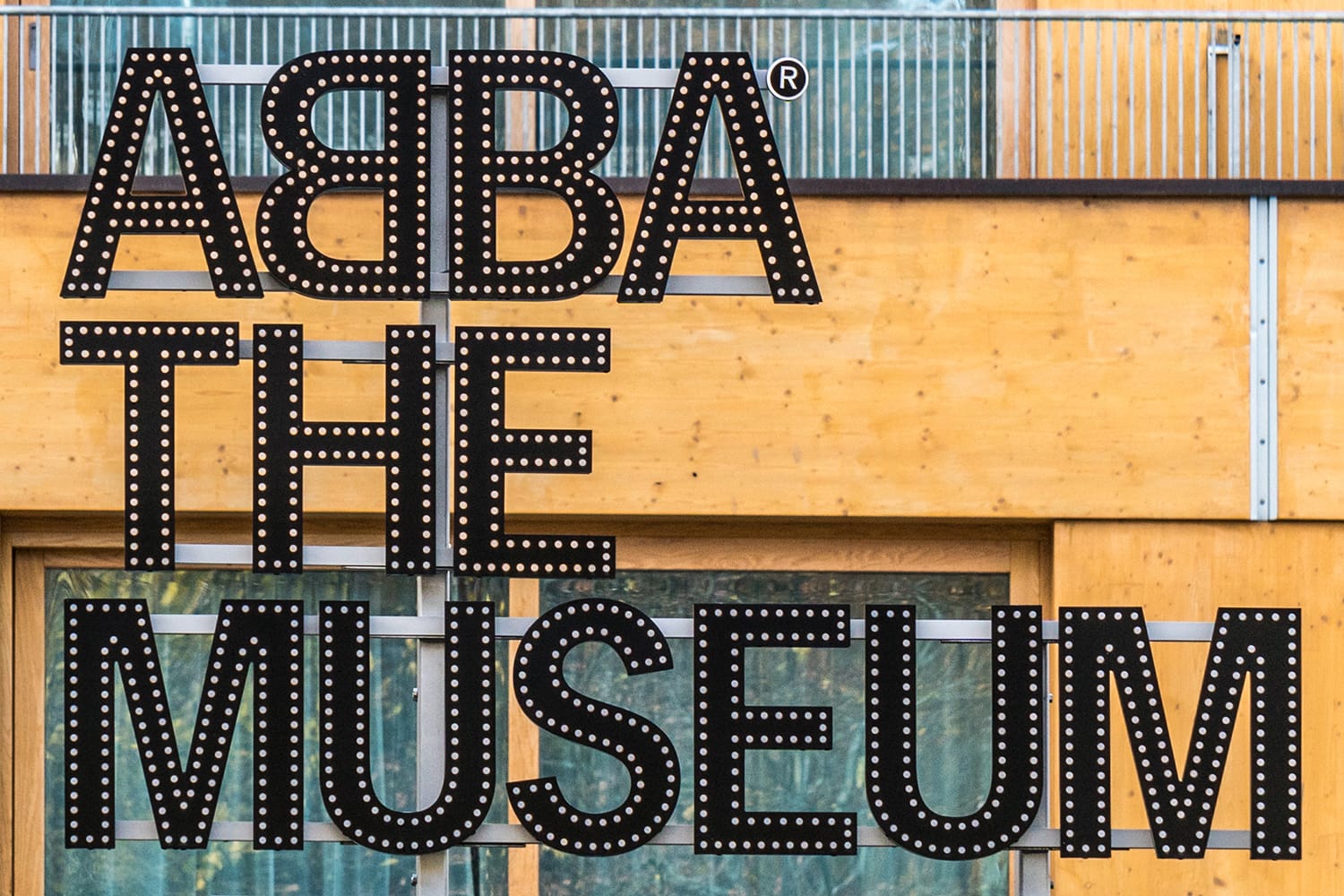
Rounding out your museum tour is the open-air museum Skansen, which is the first of its kind in Sweden or indeed the world. Opened in 1891, the museum shows visitors what life was like in different parts of the country before the industrial era. Walking through its grounds, you’ll see farmhouses and other buildings that were carefully relocated to the premises. There’s also Swedish wildlife to see, like wolves and reindeer, as well as a petting zoo. You can also learn more about authentic Swedish handicrafts and feast on traditional baked goods.
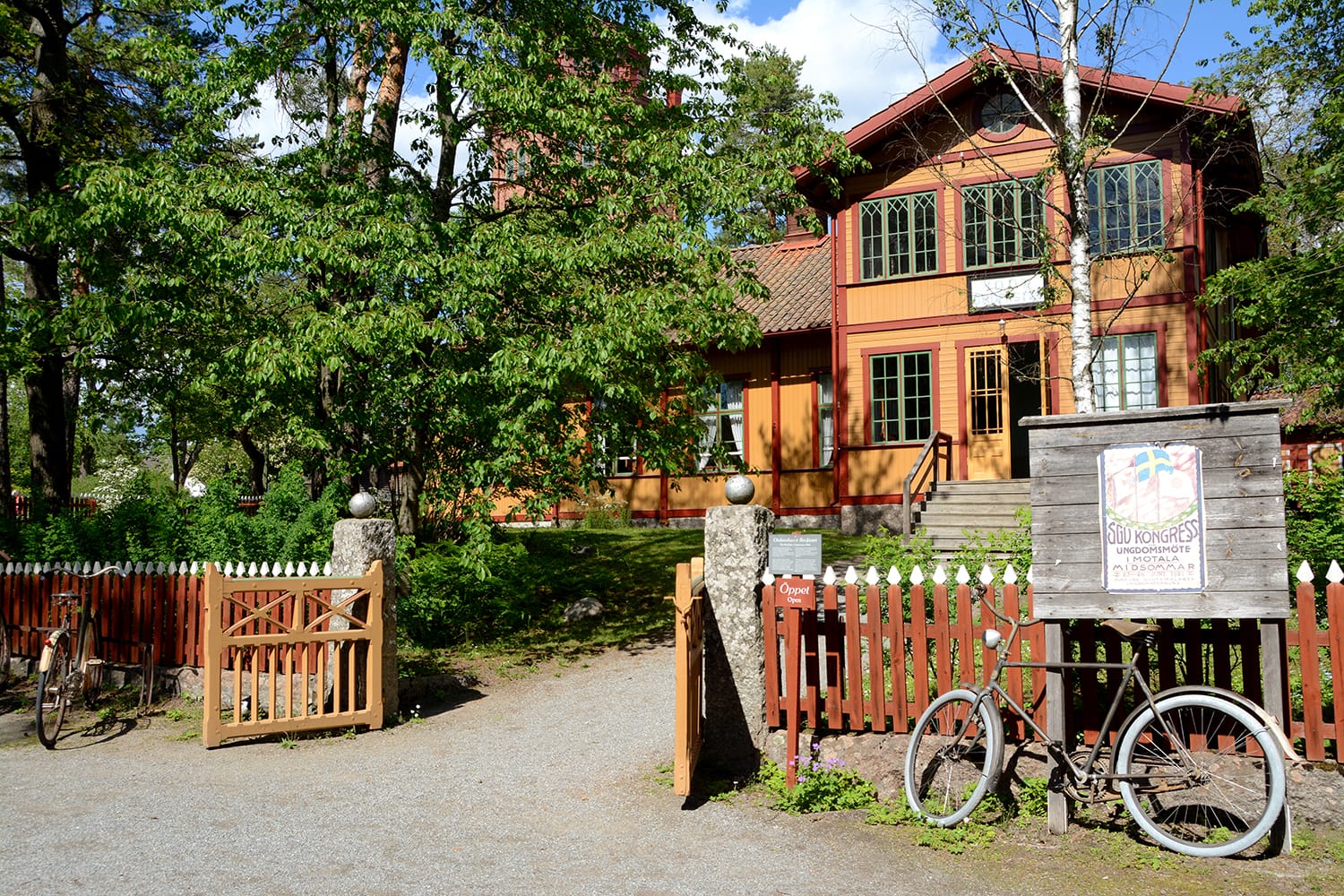
Recommendation: If you are not a big museum person, climb aboard a classic archipelago ship and cruise the waterways of Stockholm on a sightseeing tour instead. It’s a great way to experience the untouched nature of the city’s unique archipelago. You can book a archipelago cruise here.
Look at photos of Stockholm on Instagram and you’re bound to see a whole lot of shots of the city’s subway. This is because Stockholm decided to turn these transit stops into public art galleries, with more than 90 works of art throughout its 100 stations. It’s a great incentive to take the metro around town as you get to see different paintings at each stop. Some of the best stops include T-Centralen, Rådhuset, and Stadion Station.
If you are into art, take a look at this guided subway art tour on which you’ll get to visit a selection of Stockholm’s most colorful subway stations and discover the stories behind the artworks, artists, and architects.

Traveling across the city again, you’ll arrive in Södermalm to see the Fotografiska, a center for contemporary photography. There’s two reasons to make the journey here: the center’s many diverse exhibitions and the panorama from its top floor café. With four large exhibitions and 20 smaller exhibits held each year, there’s bound to be something that speaks to you. And who can’t resist a café with a view, especially in a city like Stockholm?
After a busy day, it’s time to take it easy and explore the trendy neighborhood of Södermalm. This district on the city’s southern island has become increasingly popular with locals and tourists alike thanks to its cool and relaxed vibe. You might first want to take a walk around and soak in the neighborhood’s character and clifftop views. Södermalm is also known for its bars, so perhaps end your day with a well-deserved drink or two.
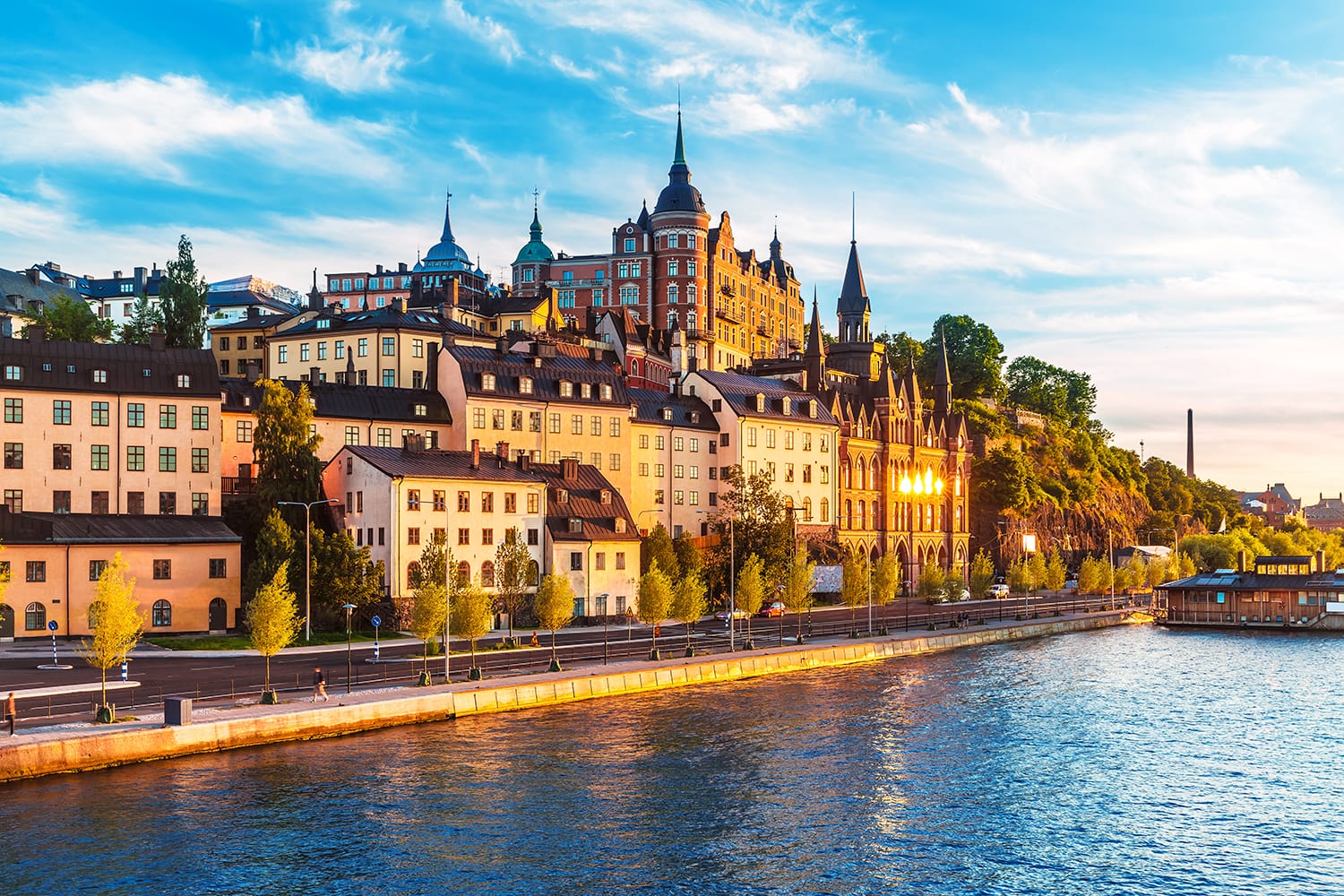
Rather than end your 72 hours in Stockholm with another day in the city, think about going on a day trip. There are all sorts of remarkable places within reach that can be seen as a day trip from Stockholm.
One of the easiest places to reach from Stockholm is the university city of Uppsala, which is just to the north. Full of major cultural and historical landmarks, Uppsala is a pretty major Swedish destination but not one you might have ever considered visiting before.
The best place to start your visit is at Uppsala Cathedral, which may well be the most important church in all of Sweden. Not only is it the country’s largest cathedral, it’s also the seat of the Archbishop of Uppsala, the head of the Church of Sweden. It’s quite a striking building and is also the burial site for several Swedish monarchs, including King Gustav Vasa.
At Uppsala University, you’ll find the Gustavianum, the original university building from the 1400s. Inside is a collection of historical artifacts, including the ornate Augsburg Art Cabinet. Other museums can be found in Uppsala Castle, such as the Uppsala Cathedral Treasury and the Uppsala County Museum.
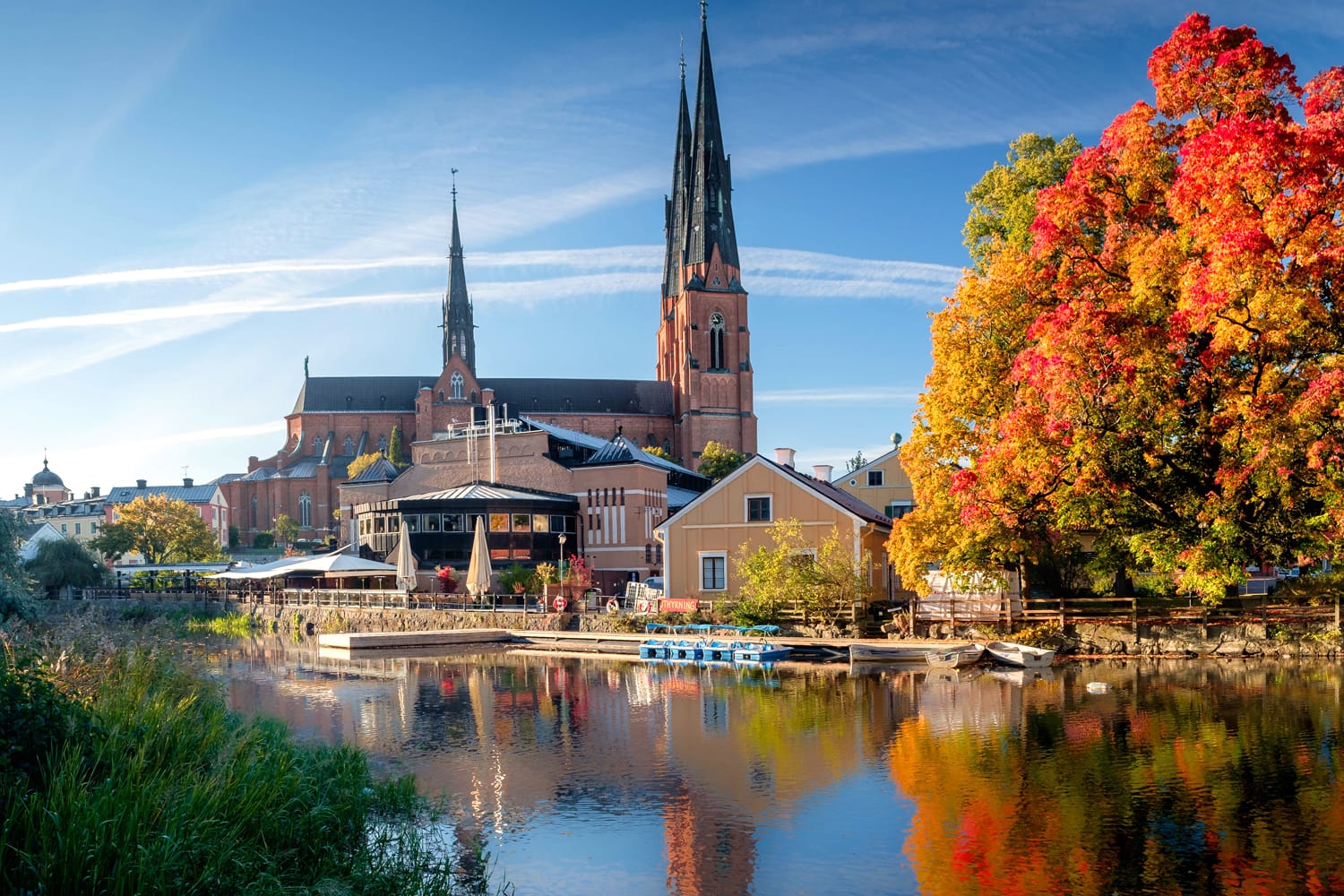
While Stockholm is stretched across several islands, the city sits on the edge of the much larger Stockholm archipelago. There are over 24,000 islands and islets in the archipelago; one of the nearest parts, suitable for a day trip, is Fjäderholmarna. This small collection of islands is a popular getaway for locals and offers tourists a taste of what the archipelago can offer.
Exploring these small islands, you’ll find small waterfront settlements surrounded by forest, cliffs, and beaches. The islands may not be very big, but you’ll find plenty to keep you entertained. If embracing nature isn’t your thing, Fjäderholmarna also boasts a large artistic community with plenty of handicraft stores and art studios.
Otherwise, there’s always food, like the homemade chocolate at Fjäderholmarna Choklad or the various cafés and restaurants where you can try some traditional Swedish cuisine.
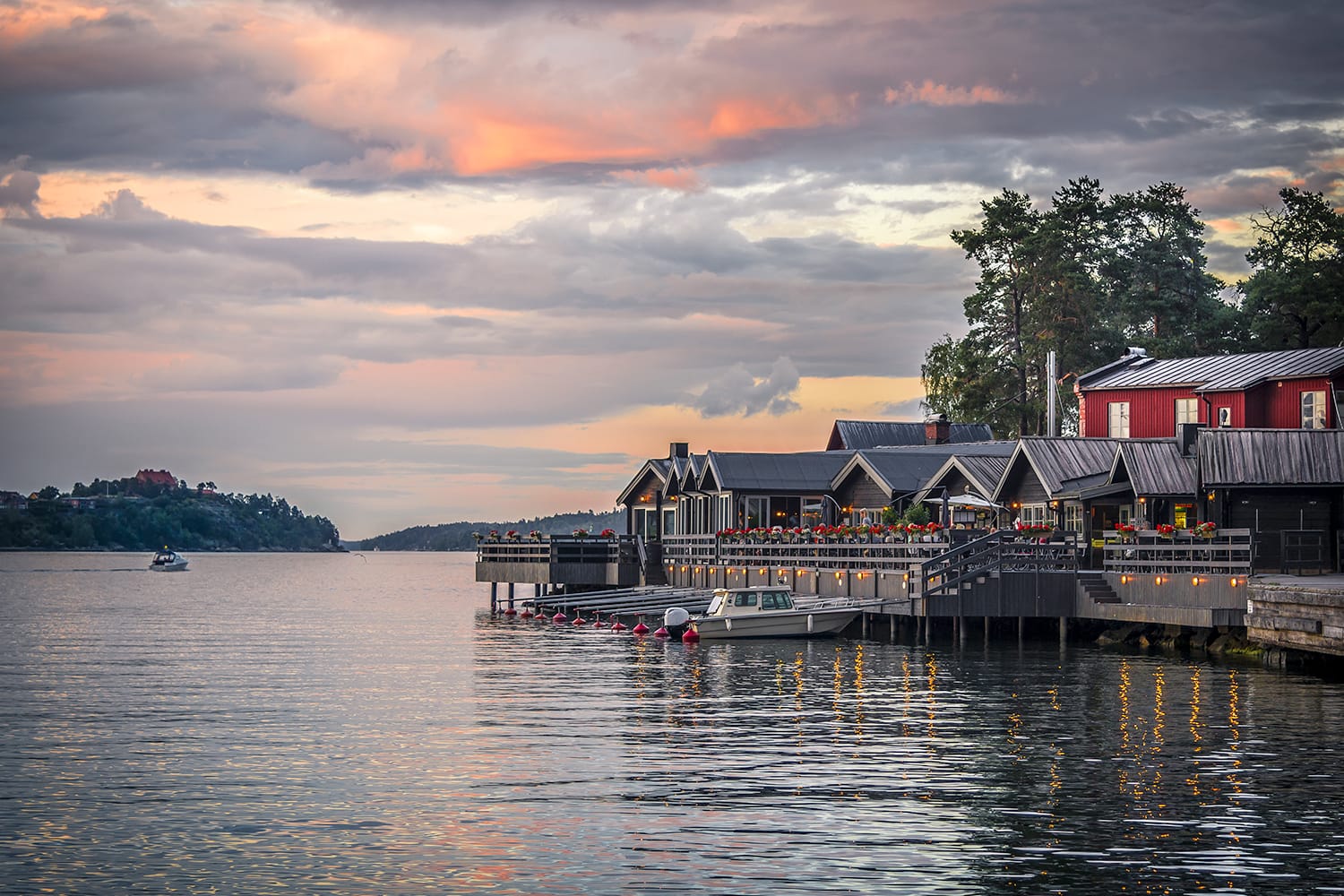
To see one of the most historic places in all of Sweden, head to Sigtuna for the day. This ancient town is loaded with medieval history, meaning it’s great if you’re looking to dive into the country’s lively history.
Start by taking a walk down Stora Gatan, said to be the oldest main street in all of Sweden. Along it, you’ll find historic wooden buildings that house various shops and restaurants. Next, head to St. Mary’s Church, a pretty landmark that is still standing from the 13th century. The same can’t be said for some of Sigtuna’s other attractions, such as the stone remains of the St. Olaf’s, St. Lawrence’s, and St. Peter’s medieval churches.
Exploring town, you may also spot rune stones here and there dating from the Middle Ages, but it’s at the Sigtuna Museum where you can see the most significant ones.
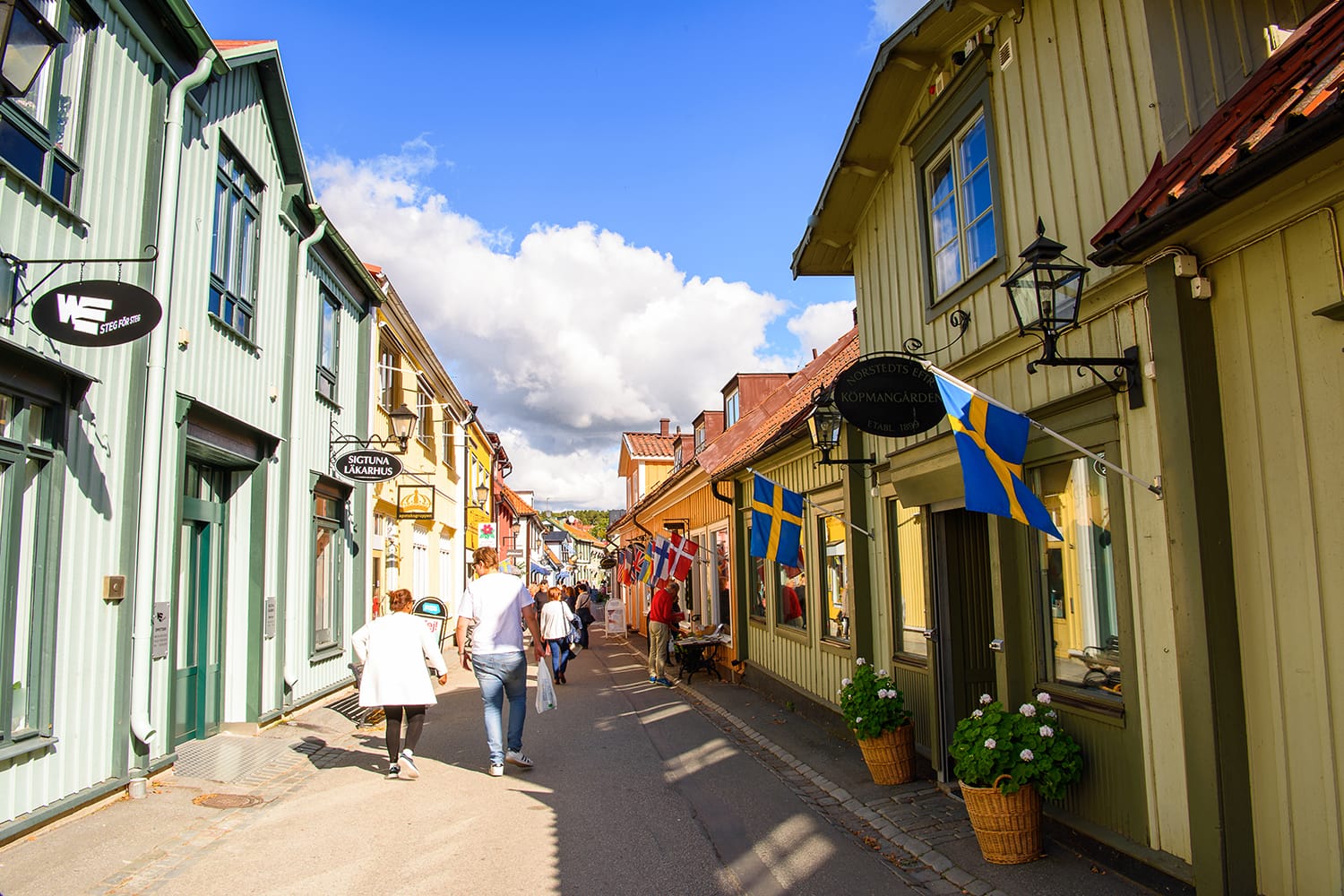
That concludes your journey through the Swedish city of Stockholm and its many attractions. It should be clear just how much you can experience of Stockholm in 3 days and how easy it is to have a great time there.